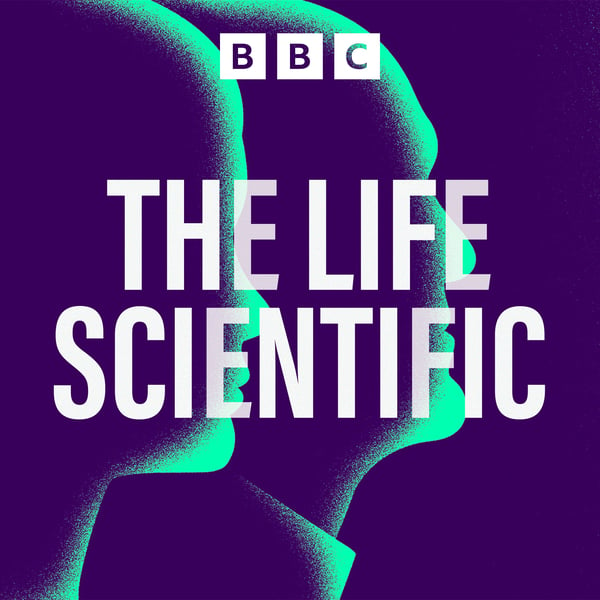Sir Colin Humphreys on electron microscopes, and the thinnest material in the world
The Life Scientific
BBC
4.6 • 1.4K Ratings
🗓️ 29 August 2023
⏱️ 28 minutes
🧾️ Download transcript
Summary
Transcript
Click on a timestamp to play from that location
| 0:00.0 | Hello and welcome to the Life Scientific, the show where I get to talk to some of the world's |
| 0:04.8 | leading scientists and you get to find out what motivates and inspires them. Today I'll be |
| 0:10.1 | peering into the astonishingly tiny world of atoms and molecules to understand the structure |
| 0:15.5 | of the materials that make up our world on the microscopic scale. I hope you enjoy the episode. |
| 0:22.5 | Hello, how much more of our world could we understand if we could take stock of it one atom |
| 0:29.0 | at a time? If we could see the structure of individual molecules understand the complex ways |
| 0:33.7 | they interact with one another and witness firsthand how they move. These are questions for |
| 0:39.7 | electron microscopy or more broadly for materials science. Material scientists peer into the atomic |
| 0:46.2 | structure of the stuff that makes up our world to figure out the relationships between the structure |
| 0:51.2 | of a material and its resulting properties. They study how to change materials at the molecular |
| 0:57.3 | level to improve the way they function in the real world. It's an interdisciplinary field that |
| 1:02.6 | spans the physics and chemistry of matter, engineering and industrial manufacturing and it's |
| 1:08.0 | led to an enormous number of advances from nanotechnology to aerospace engineering, pioneering |
| 1:13.2 | medical innovations to quantum computing. Some of these advances are thanks to the work of my |
| 1:18.8 | guest today. Sir Colin Humphries is professor of material science at Queer Mary University of London |
| 1:24.6 | and distinguished research fellow in the department of material science at the University of |
| 1:28.8 | Cambridge. He works on materials with fascinating properties that would be hard to understand |
| 1:34.7 | without delving into their atomic structure, semiconductors, superconductors, nanoparticles, |
| 1:40.8 | ultra high temperature aerospace materials. Luckily, delving into their atomic structure is exactly |
| 1:46.4 | what he does. He's also a committed student of Christianity and applies his scientific mind to |
| 1:52.2 | questions of biblical scholarship, calculating the exact date of the crucifixion, for example, |
| 1:57.1 | or naturalistic explanations for miracles. Professor Colin Humphries, welcome to the Life |
... |
Please login to see the full transcript.
Disclaimer: The podcast and artwork embedded on this page are from BBC, and are the property of its owner and not affiliated with or endorsed by Tapesearch.
Generated transcripts are the property of BBC and are distributed freely under the Fair Use doctrine. Transcripts generated by Tapesearch are not guaranteed to be accurate.
Copyright © Tapesearch 2025.

